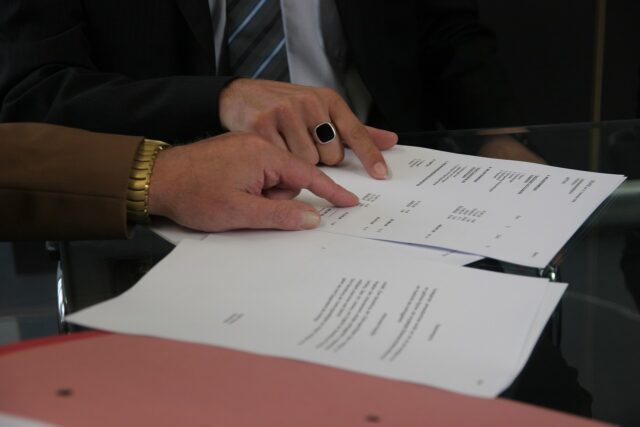-Report by Aditya Jain
In the case of LIFE INSURANCE CORPORATION vs SANJEEV BUILDERS PRIVATE LIMITED & ANR., The lawsuit was initiated for the specific performance of the contract dated June 8, 1979. Alternatively, the plaintiffs also sought damages. Plaintiffs forwarded Panel Summons No. 854 of 2017 to increase the number of damages for the reason outlined in the affidavit filed in support of said Panel Summons. The single judge of the High Court allowed the above summons of the panel by order dated 11th September 2018, leaving open the question of limitation and at the same time allowing the defendant and the petitioner to submit additional written statements. The complainant chose to appeal against the resolution, which was terminated by the contested resolution on 13 December 2018. Aggrieved and dissatisfied with the impugned order passed by the High Court, the appellant approached this Court with the present appeal.
APPELLANT’s CONTENTION
Counsel submitted that the High Court did not consider that the amendment was affected by the provisions of Order II Rule 2 of the Code of Civil Procedure, 1908. He would submit that the amendment could even be said to be affected by the principle of constructive res judicata. Learned counsel pointed out that at the time the suit was instituted, damages amounting to Rs. 1,01,00,000/- were prayed for as an alternative. Through the amendment, the damages
now prayed for are Rs. 4,00,01,00,000/-. In the aforesaid circumstances, the learned counsel appearing for the petitioner (original defendant) prayed that his appeal being meritorious, the same may be allowed.
RESPONDENTS CONTENTION
Counsel contended that the provisions of Order II Rule 2 CPC cannot apply to the application for amendment of the plaint. The question on appeal was whether an assignee could be sued as a plaintiff in an action after the lapse of 27 years from the commencement of the action. Learned counsel appearing for the plaintiff pleads that the appeal lacks merit, and it may be dismissed with costs.
JUDGEMENT
Conclusions may be summed up as:
- Order II Rule 2 CPC functions as a block against a succeeding suit if the necessary conditions for the application are fulfilled and the field of amendment of pleadings is far outside its purview. Plea of the amendment is barred under Order II Rule 2 CPC, consequently misconceived and henceforth negatived.
- All amendments are permitted that are essential for defining the real question in disagreement on condition that it does not cause injustice to the other side. It was observed as:
“(ii) All amendments are to be allowed which are necessary for determining the real question in controversy provided it does not cause injustice or prejudice to the other side. This is mandatory, as is apparent from the use of the word “shall”, in the latter part of Order VI Rule 17 of the CPC”
- When the amendment would allow the court to deliberate the dispute and support in rendering a more suitable verdict, the prayer for amendment should be permitted.
- Where the amendment simply sought after to introduce an extra or new approach without presenting a cause of action which is time-barred, then the amendment is to be permitted even after the expiration of the limitation.
- The amendment might be allowed where it is proposed to correct the absence of substantial details in the plaint.
- Delay in an application for amendment is alone not a ground to cancel the prayer.
- Where the amendment varies the cause of action or nature of suit, in an attempt to set a completely new case, far-off to the case in the plaint, then the amendment must be forbidden.
- Where, nevertheless, the amendment sought after is with respect to relief in the plaint, and established on facts that are pleaded in the plaint, the amendment stands to be allowed.
- When the amendment is required before the beginning of the trial, the court must be liberal in its style.
In the complete view of the matter, the court was convinced that the impugned order by the High Court is correct. The appeal was dismissed.

